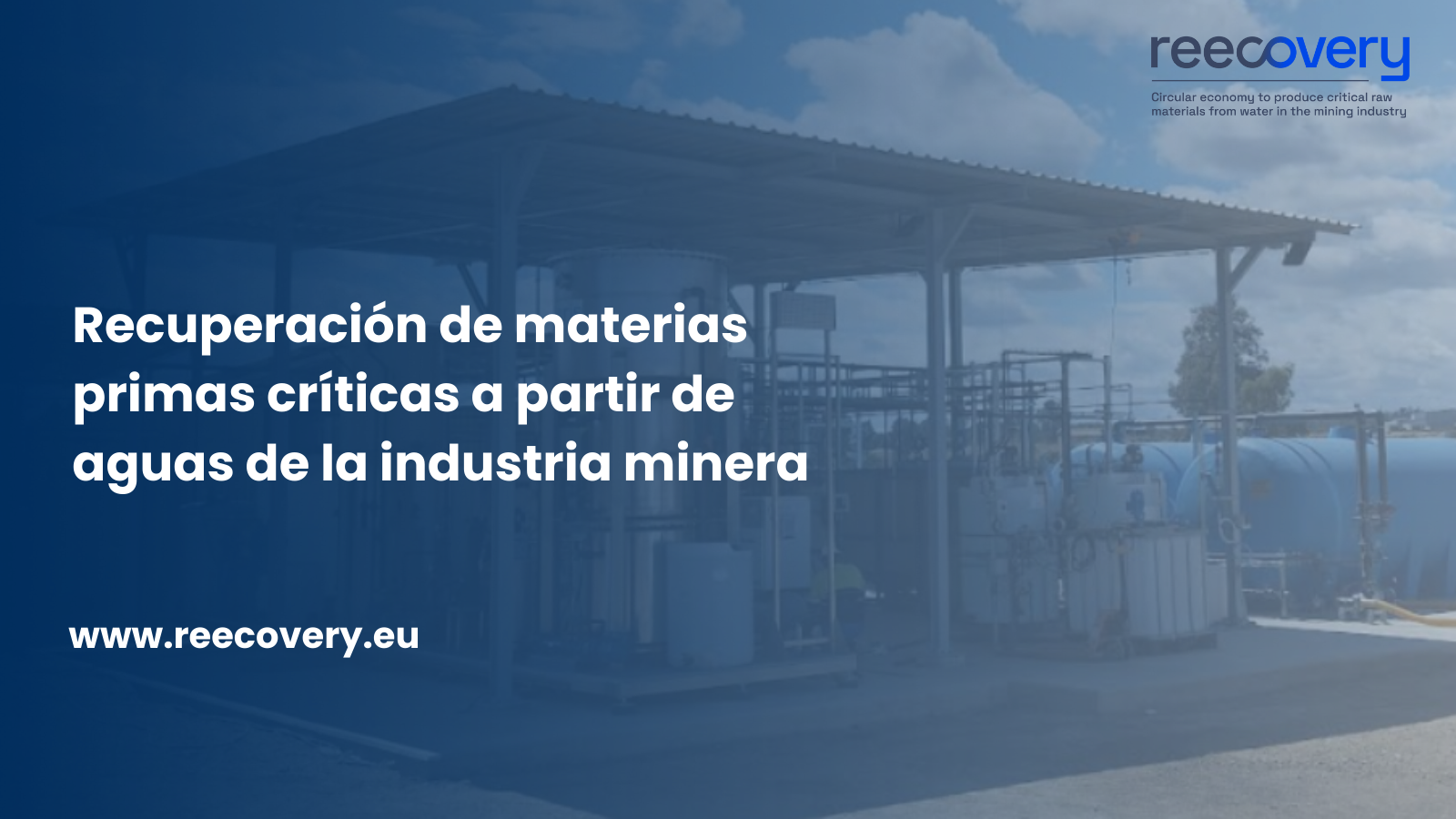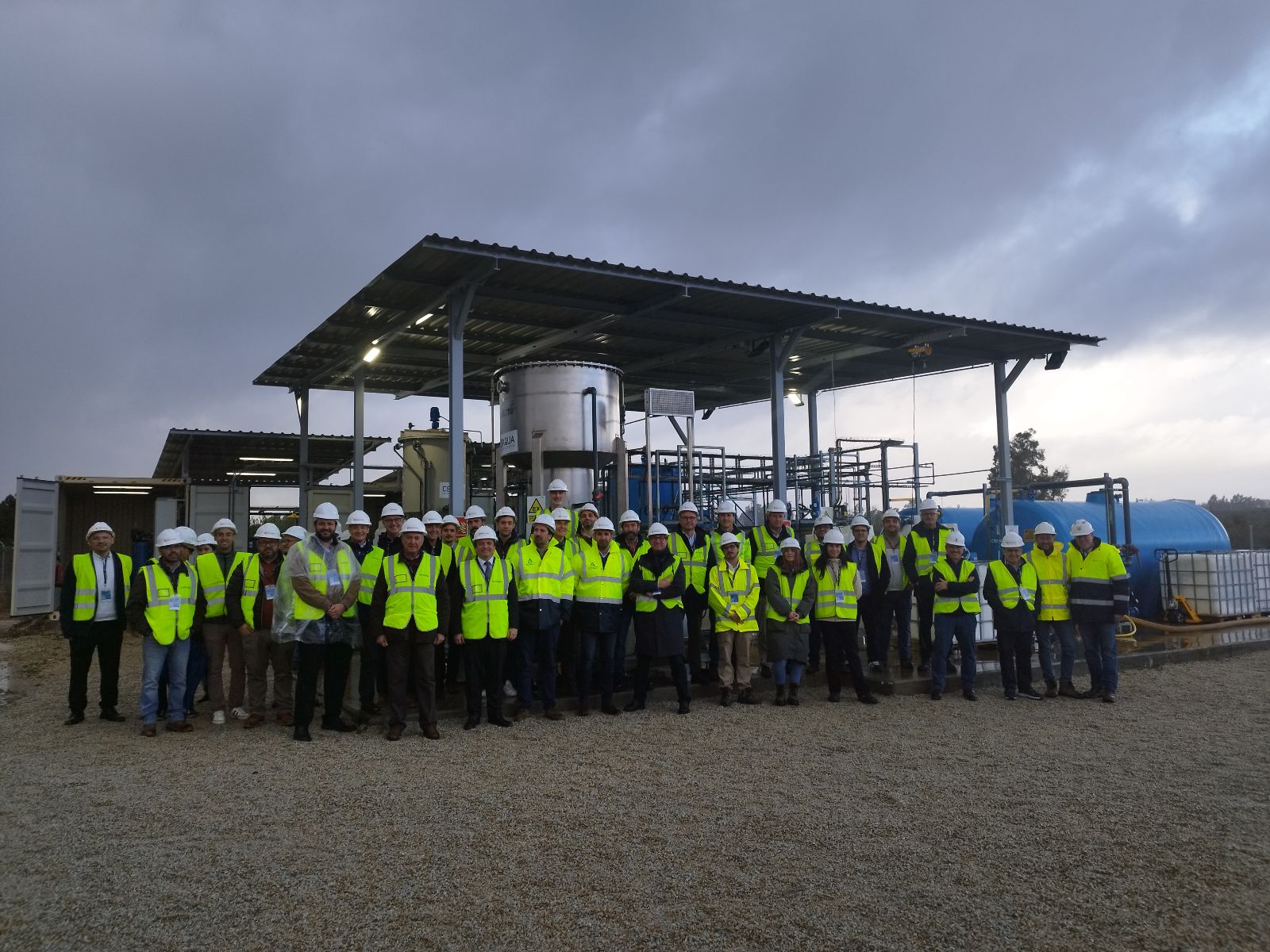#02 | Mining liabilities as secondary source of Critical Raw Materials
By Nicole Lima, Edxon Licon & Laura Díaz (Cetaqua)
Critical Raw Materials (CRM), namely Metal(loid)s and Rare Earth Elements (REEs) are strategically important for the European economy since they play a pivotal role for the manufacturing processes of various high-tech products, such as electronics, renewable energy technologies, and electric vehicles.
The European Union’s industry and economy heavily rely on international markets to provide access to several essential raw materials that are produced and supplied by third countries. Although the EU domestically produces some critical raw materials such as hafnium, in most cases, it depends on imports from non-EU countries. The supply of many CRM is highly concentrated, with China providing 100% of the EU’s supply of heavy rare elements (REE), Turkey providing 99% of the EU’s supply of boron, and South Africa providing 71% of the EU’s needs for platinum, as well as an even higher share of the platinum group metals iridium, rhodium, and ruthenium.
The concentration of production of critical raw materials poses a significant risk for the EU since any supply disruptions or price volatility in non-EU countries could severely impact the EU’s economy and industries. Furthermore, low substitution and recycling rates for these materials further compound risks associated with their concentration of production. The EU needs to reduce its dependency on imports of CRM and increase self-sufficiency in the production of these materials to mitigate the risks associated with their supply.
In this context, the significant occurrence of metal(oid)s and REEs in acid mine drainage (AMD) establishes it as a primary resource for reducing this dependence.
Mining liabilities include items produced during mine operation, but also of the associated infrastructure and or items which will be affected by any form of a closure plan. Those items can be a significant risk to the environment and nearby communities, if the closure management is not properly done. However, mining liabilities can also be a potential source of critical raw materials and are considered a primary source of secondary raw materials since they often contain significant amounts of valuable materials that can be recovered and reused.

The importance of obtaining critical raw materials from mining liabilities
By extracting materials from existing waste streams, it can help to reduce the environmental impact of mining by reducing the need for new mining activities at the same time that proper management of the closure or remediation is taking over. It also can help to reduce the overall cost of producing critical raw materials, as it is often less expensive than traditional mining methods.
The importance of obtaining critical raw materials from mining liabilities is multi-fold. On the one hand, it helps to reduce the environmental impact of mining activities, by utilizing waste streams and mining liabilities; fewer natural resources are needed, reducing the need for further extraction of minerals from primary sources. This helps to conserve natural resources and reduce the overall impact on the environment. On the other hand, obtaining critical raw materials from mining liabilities can also help to address the issue of resource security. By utilizing mining liabilities and other secondary sources, countries can reduce their reliance on a few primary sources of critical raw materials, increasing resource security and reducing the risk of supply disruptions.
The project REECOVERY plays a crucial role in defining new alternative methodologies for obtaining critical raw materials from mining liabilities. Its strategy will reduce the environmental impact of mining activities, creating new economic opportunities, and increasing resource security. As demand for critical raw materials continues to grow, obtaining critical raw materials from mining liabilities will become increasingly important for meeting this demand while also reducing the impact on the environment and local communities.
More news

Discover the results of REECOVERY in its final video
REECOVERY has published its final video, in which you will be able to learn about the REECOVERY solution and discover... View Article

REECOVERY comes to an end after succeeding in recovering critical raw materials from water in the mining industry
The European REECOVERY project, which over three years has developed and validated a system for recovering critical raw materials such as... View Article

New papers published in the context of the REECOVERY project
Alexandra Roa, PhD Student at UPC, together with Julio López and Jose Luis Cortina, Researcher and Chemical Engineering Professor at... View Article

